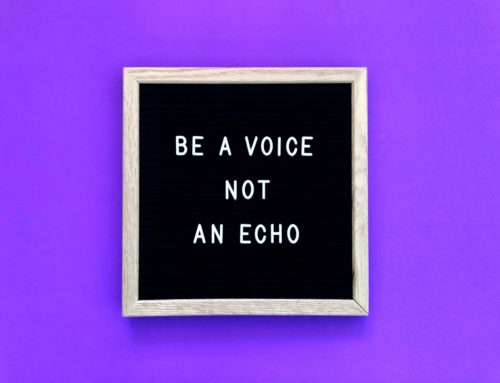COVID-19 is quickly rewriting the rules for how all of us are approaching our communications.
It’s also forcing all nonprofits — no matter the mission — to rethink their short-term media relations strategies.
Here are five tips to consider as you think about how you want to communicate with the media during the coming weeks and months:
Rethink Your Calendar
The spring is often an important time for nonprofits seeking news coverage. For many organizations, March through May are the months when we release new reports, host public events, and schedule important announcements.
If you haven’t already, it’s time to consider a backup plan for these releases.
If you can, delay your announcements for later in the calendar. If there’s no compelling reason to release the information now, it’s likely better to wait until we have made it through the crisis to make it public.
If you can’t delay, plan to make your announcement virtually and adjust your coverage expectations accordingly.
Most media is focused exclusively on COVID-19 for the immediate future, so if there isn’t a connection to the pandemic, your announcement will likely draw less attention than it would during normal circumstances.
Consider New Approaches for News Conferences and Interviews
Because of social distancing, press conferences, in-studio appearances, and (in many cases) in-person interviews aren’t happening.
If you’re making a COVID-19 announcement that you’d normally make with a news conference, consider a video message or a virtual event instead.
Prepare experts in your organization to do TV-interviews via services such as Skype or Facetime — and coach them on how to show up properly.
Focus on What’s Most Important
COVID-19 isn’t just a crisis for your nonprofit. It’s a crisis for everyone.
With that in mind, pitches and releases that focus on how the crisis is disrupting your organization aren’t likely to get much traction.
However, if you can find ways to show the impact on the people you serve — and the need that exists for helping them through the crisis — you’re more likely to get results.
Whenever you can, avoid making your messages and announcements about you. Make it about the people who depend on you.
Partner with Others
A pitch about how COVID-19 is impacting your arts organization’s financial future is likely to get lost among the avalanche of similar pitches that are coming into newsrooms right now.
A pitch that shows the impact of COVID-19 on your community’s arts scene as a whole will likely get much more lift.
Now, more than ever, think about how you can work with your fellow nonprofits to crowdsource information and resources and work together.
A number of U.S. community foundations have been taking this approach — and they’ve been able to work together to share information that shows the collective magnitude of their work during this crisis.
If possible, find opportunities show your collective impact and/or need.
And Remember, Journalists Are Swamped, Too
This crisis isn’t just upending your work. It’s completely changing the way journalists are approaching their work for the short term.
Many of them have been assigned to cover temporary beats as a result of the crisis — and most are working remotely and needing to practice social distancing.
As a result, adjust your expectations accordingly when you send information. It might take them longer than normal to reply — and they might not cover your news the same way they do during less chaotic times.



![The Rebirth of the Newsletter [Communications Trends]](https://www.nonprofitmarketingguide.com/wp-content/uploads/2021/11/nyt-newsletters-500x383.png)

